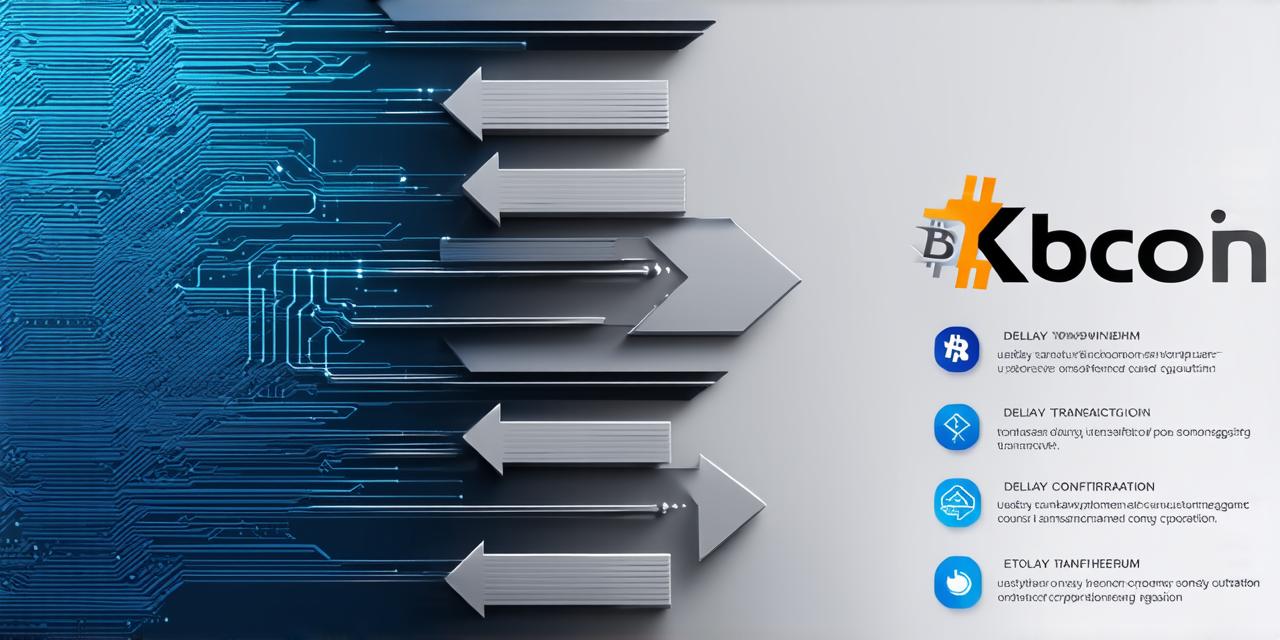
What are Unconfirmed Blockchain Transactions?
In a blockchain network, transactions are processed by miners who add them to blocks of transactions. Once a block is filled with transactions, it is verified by the network’s consensus mechanism and added to the blockchain. However, if there is a delay in adding a block to the chain, some transactions may not be included in that block. These transactions are considered unconfirmed until they are added to a future block.
Why are Unconfirmed Blockchain Transactions Important?
Unconfirmed transactions can cause problems for both users and developers. For users, unconfirmed transactions mean their funds are not yet secure or available to be used. For developers, unconfirmed transactions can cause issues with applications that rely on the blockchain’s state.
How to Resolve Unconfirmed Blockchain Transactions
There are several ways to resolve unconfirmed blockchain transactions, depending on the situation. Here are some options:
-
Wait for Confirmation: In many cases, simply waiting for confirmation is the best course of action. If a transaction is not yet confirmed, it means it has not been verified by the network’s consensus mechanism and added to a blockchain. However, once a block is added to the chain, the transaction will be confirmed, and the funds will become available.
-
Use a Payment Gateway: If you need access to funds immediately, you can use a payment gateway that supports blockchain transactions. These gateways allow you to process transactions on behalf of your users and hold onto funds until they are confirmed. This way, you can provide immediate access to funds without relying on the blockchain’s confirmation mechanism.
-
Contact Support: If you are still having issues with unconfirmed transactions, contacting support may be necessary. In some cases, there may be an issue with the network or your application that is causing delays in transaction processing. Support can help identify and resolve these issues.
-
Optimize Your Application: In some cases, unconfirmed transactions can be caused by slow or inefficient applications. Optimizing your application by reducing its load on the network or improving its code can help speed up transaction processing and reduce the likelihood of unconfirmation.
-
Use a Different Blockchain Network: Depending on the specific use case for your application, you may want to consider using a different blockchain network that has faster confirmation times. For example, Bitcoin can take several hours to confirm transactions, while Ethereum typically confirms transactions within minutes.
Conclusion
Unconfirmed blockchain transactions are a common issue that developers face when working with blockchain technology. However, by understanding what unconfirmed transactions are and how to resolve them, developers can ensure that their applications function smoothly and securely. Whether you are building a payment gateway or an application that relies on the blockchain’s state, understanding blockchain transactions is crucial for success.
